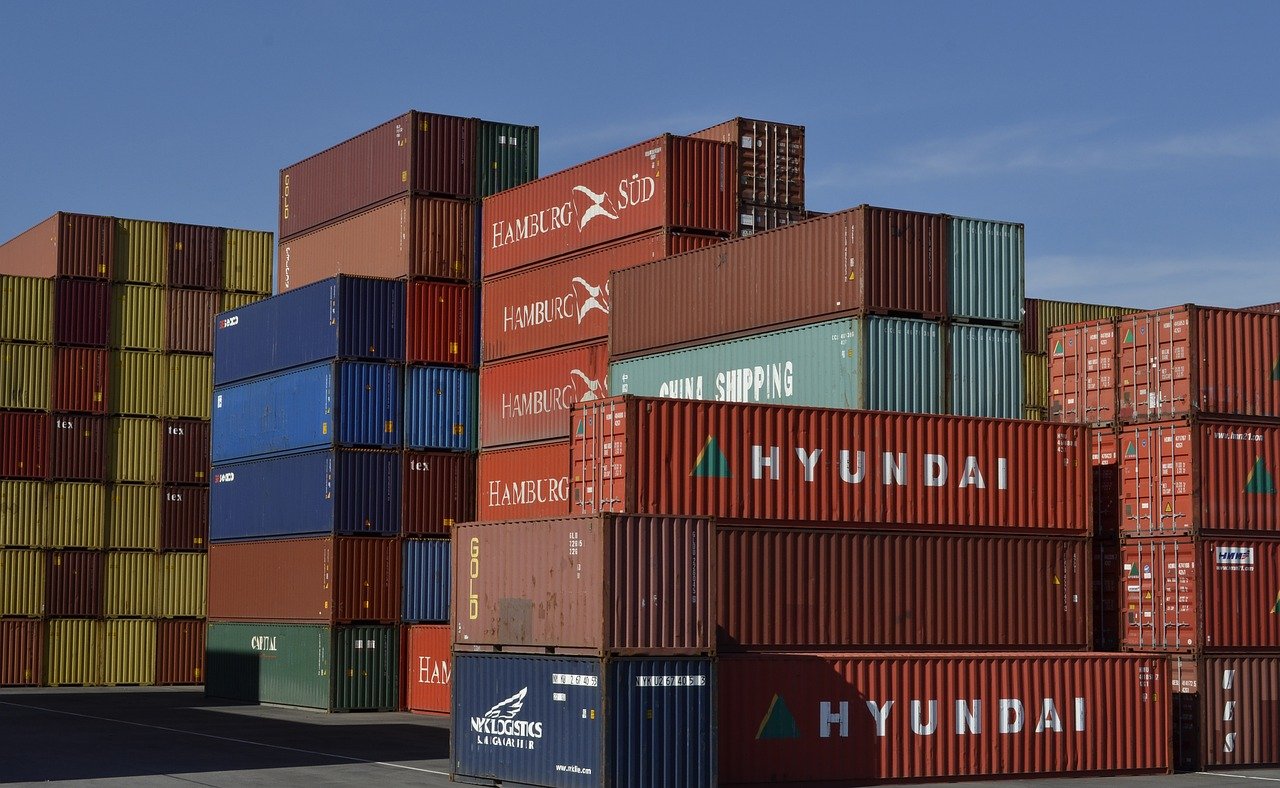
Asia | China | Commodities | COVID | Europe | Monetary Policy & Inflation

Asia | China | Commodities | COVID | Europe | Monetary Policy & Inflation
A shortage of shipping containers is not the most obvious constraint on the post-COVID recovery. But it is potentially one of the biggest. It is already pushing up input prices sharply, which means margin squeeze or rising output prices. And the supply disruptions could curb trade volumes and manufacturing output globally.
Could the Manufacturing Recovery Be at Risk?
A strong manufacturing rebound has so far characterized the COVID recovery, with the contact-intensive services sectors lagging. Asia’s manufacturing (and non-tourism-dependent) economies have fared better than the service-orientated economies of Europe and other AEs. And China’s first-in, first-out status in the pandemic pushed its recovery significantly ahead of elsewhere. This manufacturing-led rebound could, however, come under pressure from the intensifying disruptions in supply chains.
This article is only available to Macro Hive subscribers. Sign-up to receive world-class macro analysis with a daily curated newsletter, podcast, original content from award-winning researchers, cross market strategy, equity insights, trade ideas, crypto flow frameworks, academic paper summaries, explanation and analysis of market-moving events, community investor chat room, and more.
A shortage of shipping containers is not the most obvious constraint on the post-COVID recovery. But it is potentially one of the biggest. It is already pushing up input prices sharply, which means margin squeeze or rising output prices. And the supply disruptions could curb trade volumes and manufacturing output globally.
A strong manufacturing rebound has so far characterized the COVID recovery, with the contact-intensive services sectors lagging. Asia’s manufacturing (and non-tourism-dependent) economies have fared better than the service-orientated economies of Europe and other AEs. And China’s first-in, first-out status in the pandemic pushed its recovery significantly ahead of elsewhere. This manufacturing-led rebound could, however, come under pressure from the intensifying disruptions in supply chains.
We have discussed in earlier notes that China’s swift management of the COVID outbreak and dominance in PPE manufacturing was a huge boon for exports. But one complication of these bumper export readings is that, as container numbers increased sharply, shortages began to appear. The dominance of containers out of Asia also reportedly strained capacity. And combined with capacity cuts in container volumes during last year’s deep decline in activity, plus reduced air freight, shipping costs have jumped to unprecedented levels. In the past three months, freight costs from Shanghai to Rotterdam are up 270%, Shanghai to New York up 31% and the Drewry World Container Index, covering eight shipping routes, is up 99% (Chart 1).
Not only does it now cost considerably more to transport goods, but it is also taking longer. A worsening of supplier delivery times is evident in PMI surveys in Europe. Last month’s flash PMI report noted, ‘With the exception of last April, when global factory closures hit supply lines, the lengthening of supplier delivery times in January was the greatest since survey data were first available in 1997’. European manufacturers specifically highlighted delays in the delivery of supplies from Asia. And as the supplier delivery times component factors inversely in the PMI, this is weighing on the headline readings.
A breakdown of supply chains could threaten the trade and manufacturing-led recovery. Growth in global exports and IP climbed back into positive territory in November, with emerging markets leading the way (Chart 2). But should supply disruptions, and shipping costs, escalate to a point that orders are cancelled, global trade and IP growth could quickly tip back into negative territory.
On top of constraints from input delays, the higher freight prices are already evident in input prices. The Eurozone PMI input cost component jumped close to a three-year high, with Germany, the Netherlands and Italy seeing the fastest price gains.
Another factor in rising input costs is the ongoing run-up in energy prices. Oil is up 6.7% YoY and 14.1% YTD, and soft commodities such as wheat and soybeans are also up sharply in recent months (Chart 3). Disentangling the rising shipping costs from a more general rise in input costs could be very difficult. But the impact is the same, with producers having to decide whether to take a hit on margins or pass the cost increase on to consumers. Given the impact of the earlier shutdowns on profits, it may be harder this time for producers to absorb higher costs.
Only if higher input costs are passed on will there be upside risks to output prices and headline inflation. It is worth remembering that base effects from temporary tax cuts, COVID discounting and last year’s slump in oil prices already leave YoY inflation set to move higher this year.
For monetary policymakers, core inflation often matters more than headline. A rapid run-up in oil prices can be easy to ‘look through’ on the basis that any second-round impact will be minimal. But when combined with higher shipping costs, the bleed into headline inflation could be more significant. With output gaps currently large, the prospect of rate hikes remains several years away, with the exception of a few EMs. But policymakers may have to sound a bit more hawkish if this combination of rising shipping and energy costs has further to run.
Spring sale - Prime Membership only £3 for 3 months! Get trade ideas and macro insights now
Your subscription has been successfully canceled.
Discount Applied - Your subscription has now updated with Coupon and from next payment Discount will be applied.